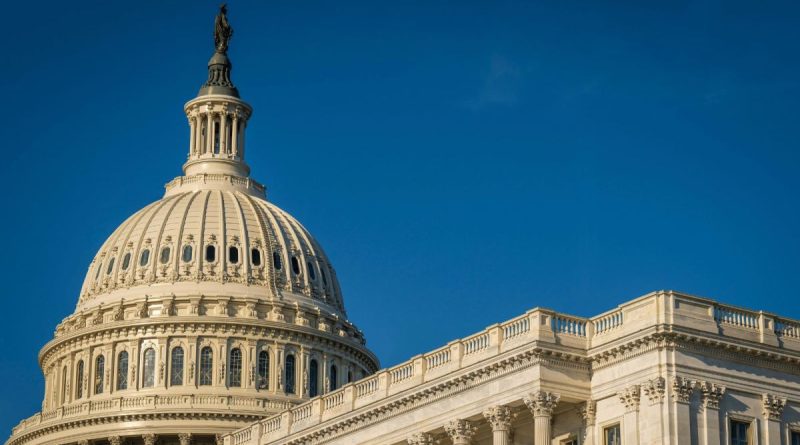U.S. government shutdown carries on, what this means for the general public
Every year by Oct 1, the U.S. Congress needs to determine an annual budget, a plan on how the government will disperse funding to different agencies. While there’s always nuance surrounding the resolutions the Senate and House think up, this year saw the most controversies since 2018, the last time the government shut down.
This time around, both Democrats and Republicans are debating issues such as health care and Social Security. Bryan Hunter is an AP Economics teacher at Penn, and he’s been around long enough to know what it’s like when a shutdown happens.
“Usually when this takes place, it usually only lasts a week,” Hunter said. “It gets more difficult for Congress not to come together in some kind of agreement as things get more complicated.”
During a shutdown, only non-essential government services are halted, with federal workers such as those at National Parks not receiving payment for their work. An occurrence like this is rapidly changing, and a budgetary agreement could be made at any moment.
Teaching seniors, Hunter knows the stress financial aid applications can hold for students. However he notes that — because the department of education is seen as an essential agency — this shut down shouldn’t affect any of these processes.
“FAFSA is one of those examples where they have things in place that shouldn’t be massively delayed. But a lot of things like new grants are and other things people apply for could see that delay just because there’s no one processing that information,” he said. “But existing funding should be in place. FAFSA shouldn’t be delayed at this time. All should be okay for a little while.”
At the time of publication, the government is still in a halted state. Stay with PNN as we continue to cover this developing story.

